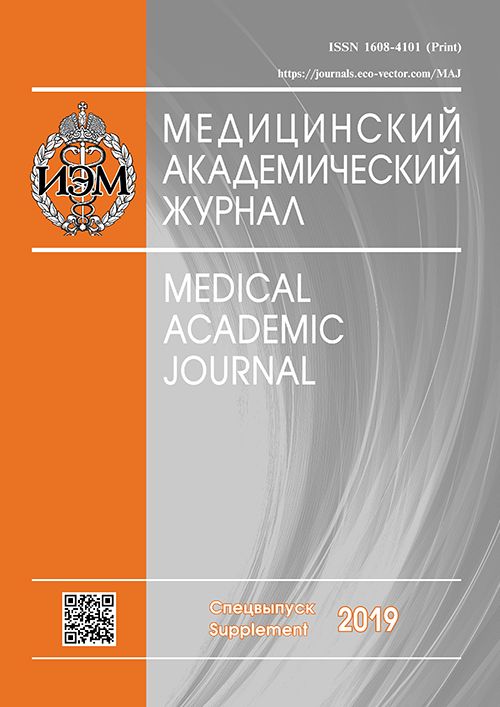Effect of xenon on pain severity and adaptational status of neuro-oncological and oncogynecological patients
- Authors: Popova NN1, Zinkovich MS1, Shikhlyarova AI1, Zhukova GV1, Rozenko LY.1, Protasova TP1, Goncharova AS1, Bragina MI1
-
Affiliations:
- Rostov Research Institute of Oncology, Rostov-on-Don
- Issue: Vol 19, No 1S (2019)
- Pages: 228-230
- Section: Articles
- Published: 15.12.2019
- URL: https://journals.eco-vector.com/MAJ/article/view/19412
- ID: 19412
Cite item
Abstract
Keywords
Full Text
About the authors
N N Popova
Rostov Research Institute of Oncology, Rostov-on-Don
M S Zinkovich
Rostov Research Institute of Oncology, Rostov-on-Don
A I Shikhlyarova
Rostov Research Institute of Oncology, Rostov-on-Don
G V Zhukova
Rostov Research Institute of Oncology, Rostov-on-Don
L Ya Rozenko
Rostov Research Institute of Oncology, Rostov-on-Don
T P Protasova
Rostov Research Institute of Oncology, Rostov-on-Don
A S Goncharova
Rostov Research Institute of Oncology, Rostov-on-Don
M I Bragina
Rostov Research Institute of Oncology, Rostov-on-Don
References
- Garkavi LH. Activation therapy. Rostov-on-Don; 2006. 256 p. (In Russ.)
- Grace PM, Hutchinson MR, Steven F, et al. Pathological pain and the neuroimmune interface. Nature Rev. Immunol. 2014;14:217-231.
- Kitiashvili IZ, Burov NE, Sribnyi IV, et al. Postoperative dynamics of blood cytokine levels depending on applied general anesthesia variants. Cytokines and inflammation. 2005;4(4):27-33. (In Russ.)
Supplementary files







